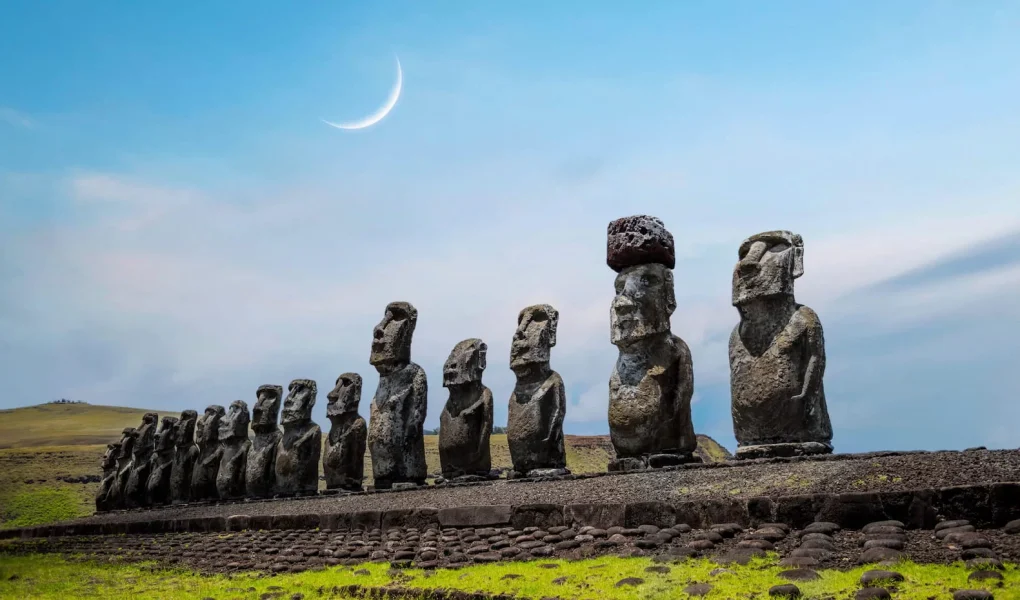marwaarsanios.info – Easter Island, known locally as Rapa Nui, is one of the most remote inhabited islands in the world, located in the southeastern Pacific Ocean. Its mysterious giant stone statues, known as moai, have captivated the imagination of explorers and researchers for centuries. This article delves into the discovery and early exploration of Easter Island, highlighting the key events and figures involved in uncovering its enigmatic past.
The Discovery by Jacob Roggeveen
Easter Island was first discovered by Europeans on Easter Sunday, April 5, 1722, by the Dutch explorer Jacob Roggeveen. Roggeveen, along with his crew aboard three ships, stumbled upon the island during a voyage in the South Pacific. The island’s name, “Easter Island,” was derived from the day of its discovery. Roggeveen was astonished by the sight of numerous large stone statues, which he described as “monumental” and “mysterious”.
Early European Visitors
Following Roggeveen’s discovery, Easter Island remained largely unknown to the outside world for several decades. It was not until 1774 that the British explorer James Cook visited the island. Cook was equally impressed by the moai and the island’s inhabitants, whom he noted had a variety of skin colors and distinctive earlobe piercings.
The Moai and Their Significance
The moai, the iconic stone statues of Easter Island, have been a subject of fascination and speculation. These statues, carved from volcanic rock, are believed to represent deceased ancestors and were erected along the coast to watch over the island. The largest moai stands at over 30 feet tall and weighs up to 80 tons. The process of carving and transporting these massive statues remains a mystery, with various theories suggesting the use of ropes, sleds, and human labor.
Theories on Settlement and Culture
The origins of the Rapa Nui people and their culture have been a topic of extensive research. Oral traditions suggest that the island was settled by Polynesians around 300-400 CE, although some scholars argue for a later settlement date around 1200 CE. The island’s isolation and limited resources led to the development of a unique culture, characterized by the construction of the moai and other monumental structures.
Environmental and Social Challenges
The Rapa Nui civilization faced significant environmental and social challenges. Deforestation and overuse of resources led to ecological collapse, which in turn contributed to social unrest and conflict. By the time Europeans arrived, the island’s population had drastically declined, and many of the moai had been toppled. The island’s history is a cautionary tale of the consequences of environmental mismanagement and cultural disruption.
Modern Research and Preservation
In recent years, extensive archaeological and scientific research has been conducted on Easter Island. Efforts to preserve the moai and other cultural artifacts have been ongoing, with international cooperation playing a crucial role. The island’s unique history and cultural significance continue to attract scholars and tourists alike, ensuring that the legacy of the Rapa Nui people remains a subject of global interest.
Conclusion
The discovery and early exploration of Easter Island by European explorers marked the beginning of a long and complex relationship between the outside world and the enigmatic Rapa Nui culture. The island’s mysterious moai, its isolated location, and the challenges faced by its inhabitants have made it a subject of enduring fascination. As research continues, the story of Easter Island continues to unfold, revealing new insights into one of the world’s most intriguing archaeological sites.




